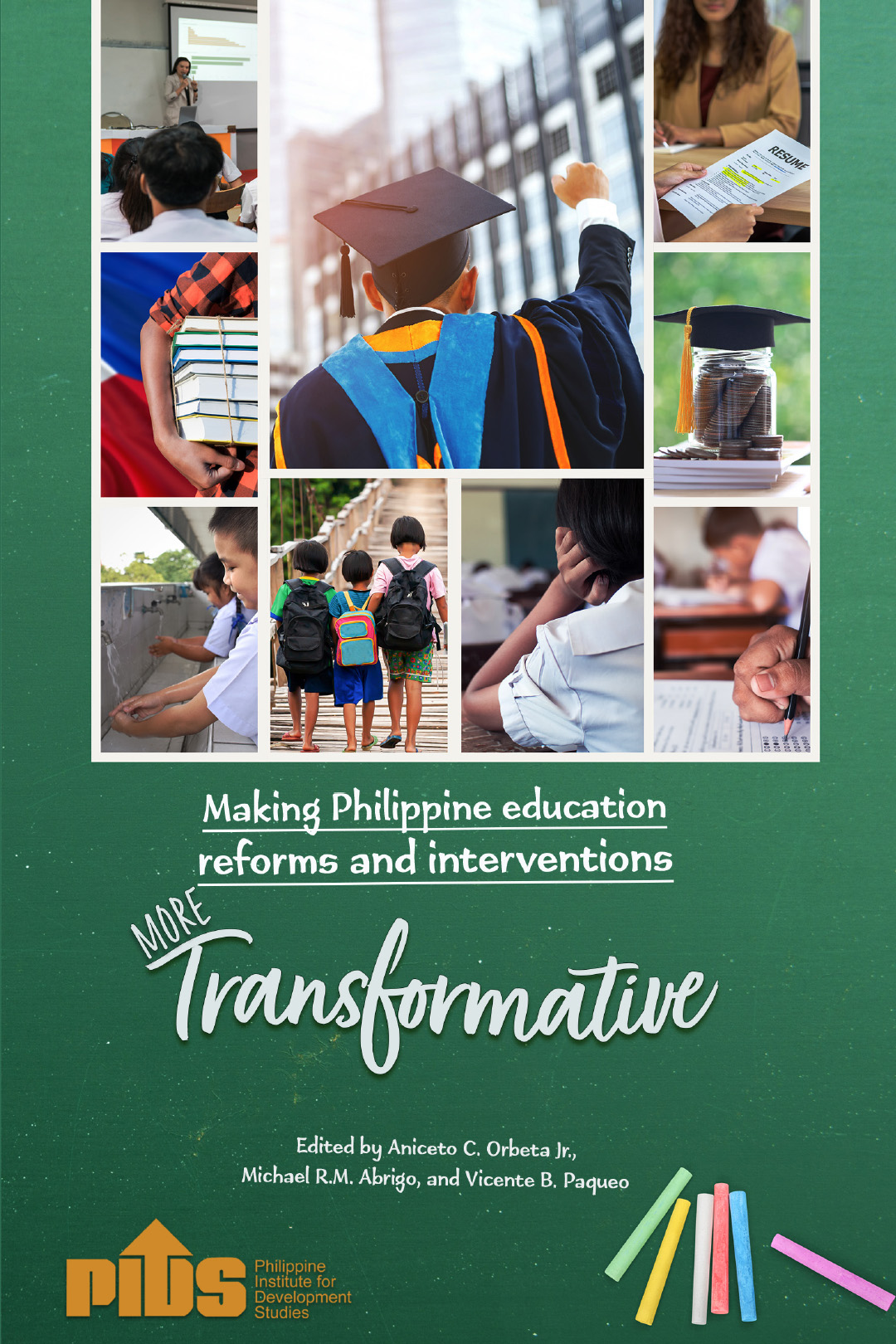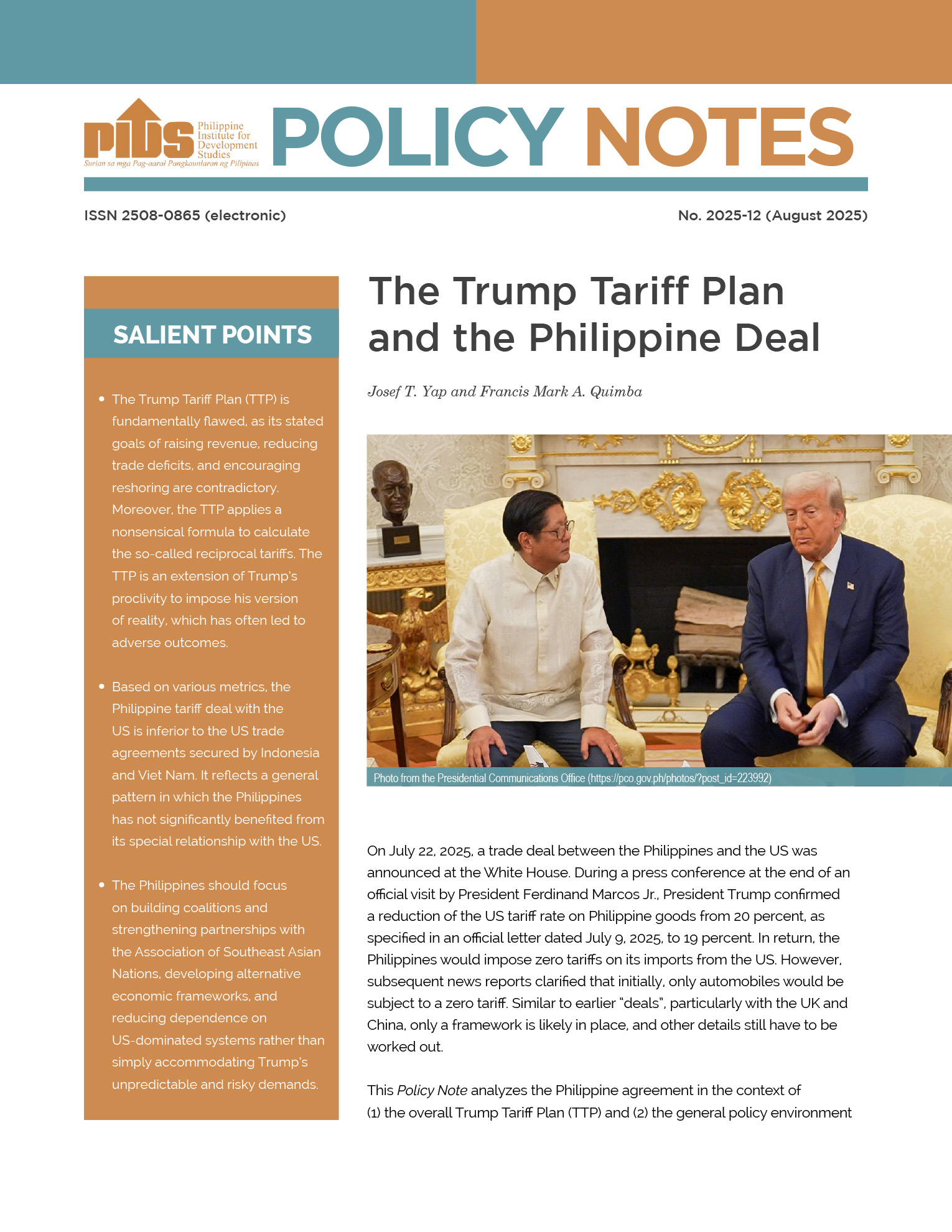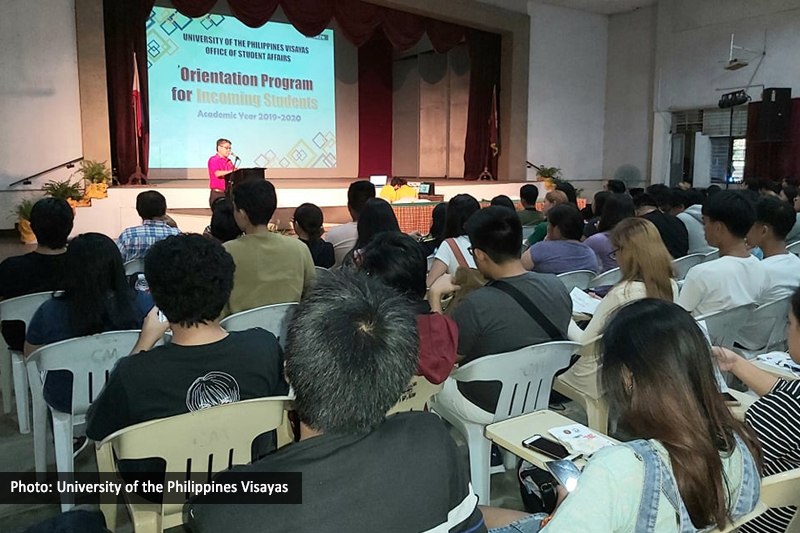Remember the time when President Ferdinand Marcos Jr. just took office, and he “disagreed” with the inflation statistic of 6.1% in June 2022?
Well, more than a year later, we’re back to that level of inflation.
On October 5, 2023, the government announced that inflation reached 6.1% in September 2023.
Figure 1 shows that this is the second consecutive month that inflation increased again, after peaking at 8.7% in January and dropping for 6 consecutive months.
'Strategically planted vetiver and bamboo hedges create and restore living shorelines, riverbanks, drained wetlands, watersheds, and fishponds at a fraction of what capital-intensive brick-and-mortar grey infrastructure costs'
Simply put, prices are accelerating yet again. And once more, we’re moving away from the government’s target of 3%.
More than half of inflation was due to food alone, and the biggest culprit was rice. Figure 2 shows that the contribution of rice to inflation doubled from July to August, and it doubled yet again from August to September.
How come this happened, when Marcos already imposed price ceilings on rice effective September 5 (he lifted it after a month, on October 4)?
Figure 3 shows that, sure, there was a decline in local rice prices. Two weeks into the price ceilings, average prices of well-milled rice and regular-milled rice converged to the set price caps of P45 and P41 per kilo, respectively.
Some government officials took this as an indication that the price caps effectively cheapened rice. (Speaker Martin Romualdez, the President’s cousin, even claimed that the price caps were responsible for the global drop of rice prices, a ridiculous claim.)
But as correctly pointed out by agricultural economists, the true or underlying prices of rice remained high even with the price ceilings – as reflected in the still elevated prices of both local and imported special and premium rice, which were beyond the scope of the price ceilings.
While it’s true that domestic rice prices are expected to go down due to the current harvest season, they may very well go up again once we feel the brunt of the upcoming El Niño season.
When that happens, will Marcos bring back the rice price ceilings?
Apart from being ineffective in doing anything meaningful, the imposition of price ceilings for a month caused needless damage on thousands of retailers who had to incur losses – and had to be given financial assistance by government. What if the price caps weren’t imposed in the first place, and that money just went directly to aid farmers?
In addition, the price cap policy will likely spook potential investors who now see that the Marcos administration is trigger-happy when it comes to imposing market price distortions.
As mentioned by rice economist Dr. Roehlano Briones of the Philippine Institute for Development Studies, in an interview with ABS-CBN, “If you’re an investor in the rice value chain, mag-hesitate ka ngayon. Parang medyo naging uncertain dahil sa willingness to intervene aggressively.”
What was it for?
The policy of imposing rice price ceilings clearly caused more harm than good. And had to be lifted in just over a month. So what was it for?
Remember that it was imposed ostensibly to combat hoarding and profiteering among rice traders. But the rice price caps came and went, and not one hoarder or smuggler has been punished. (It was only on October 4, the day Marcos lifted the price ceilings, that he named some alleged rice hoarders and smugglers.)
After lifting the price caps, Marcos issued a warning to hoarders and smugglers yet again. But if the government can and will go after these bad actors anyway even without the price ceilings, what were the price ceilings for? Clearly, they were needless from the start.
I also invite you to pay close attention to the posturing of Speaker Martin Romualdez amid this rice debacle. Even before the rice price caps, he was actively joining inspections of rice warehouses and warning hoarders and smugglers. In Vietnam, he talked directly to the Vietnamese government to negotiate rice imports. Romualdez also recently rallied lawmakers to help out in the allocation and distribution of aid to rice retailers hurt by the price caps.
Why is Marcos allowing Romualdez to steal the spotlight on this issue? Why is Romualdez doing things that are supposed to be done by the executive – and well beyond his roles and functions as Speaker?
Finally, note that Marcos has also been going around the country distributing smuggled rice to the poor (a policy that Romualdez also backed). But this is weird. Smuggled goods are illegal. And Marcos is essentially trying to get brownie points for distributing something that is illegal. What gives?
Technocrats set aside?
The month-long rice price caps also revealed a lot about how Marcos listens (or indeed fails to listen) to his technocrats or economic managers.
First, the decision to lift the rice price caps emerged after Marcos met with the Department of Trade and Industry and the Department of Agriculture, who made the recommendation.
But where, in all this, are the top economists of government, namely Finance Secretary Benjamin Diokno and Socio-economic Planning Secretary Arsenio Balisacan?
Note that Diokno admitted that they were “shocked” by the price ceiling memo. Then he and Balisacan later suggested a lowering of rice tariffs to zero, which drew flak not just from the public but also allies of the President (including the presidential sister, Senator Imee Marcos, who joined one rally clamoring for the sacking of Diokno and Balisacan).
There’s also feeling that the economic managers’ recent unpopularity dragged down the recent performance and trust ratings of key politicians like President Marcos, Vice President Sara Duterte, Speaker Romualdez, and Senate President Miguel Zubiri.
Zubiri recently said, “My suggestion for the President is to crack the whip with his Cabinet, especially the poorly performing members of the Cabinet who do not help but are instead harming the President.”
Are Diokno and Balisacan’s jobs in peril? Rumors continue to fly about a major Cabinet shuffle. Will they be sacked, just like what happened to Finance Undersecretary Cielo Magno who posted on Facebook a supply and demand diagram with a price ceiling? (READ: [In This Economy: When invoking supply and demand can get you fired)
Who might replace the economic managers? Friends of the President? Tycoons? We need to watch this space.
Unlucky
The situation is rather unlucky for Marcos, since rice is the only commodity whose contribution to inflation keeps doubling every month. Vegetable’s contribution also increased since May this year, but not as dramatically as rice. Meanwhile, all other goods and services have low and stable inflation contributions.
Unfortunately, we haven’t seen the last of rice woes, what with the coming El Niño season later this year. We should be preparing for that now. If Marcos fails to do so, it will hurt not just people’s lives but also his political capital, which is already diminishing at breakneck speed.
On TikTok, several influencer teens are being enlisted to boost government messages, including the decline of inflation (pronounced as “infliation” or “inflammation” by one TikToker) for 6 consecutive months. They all used the hashtag #BagongPilipinas (Marcos’ new governance slogan) and #UmaarangkadangPilipinas (roughly translating to #AcceleratingPhilippines).
But in truth, the only thing accelerating now would be prices.












